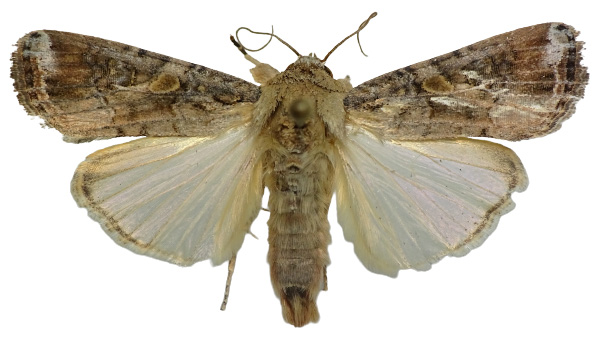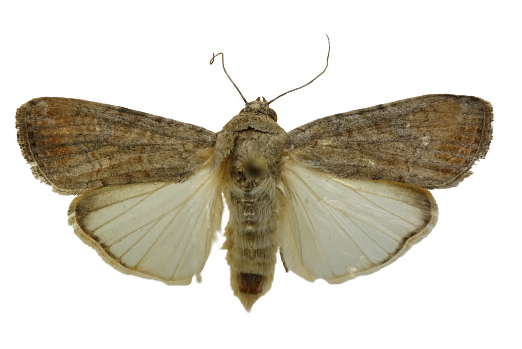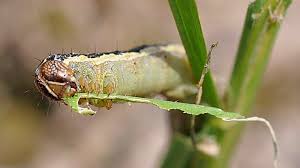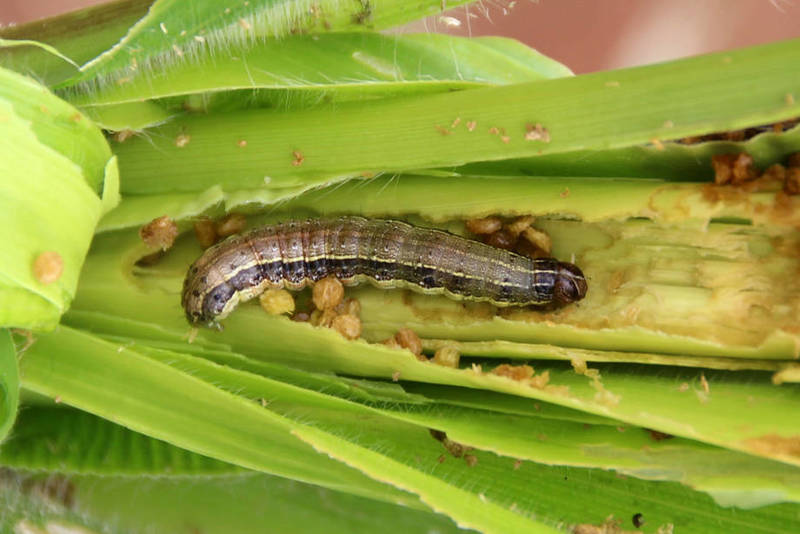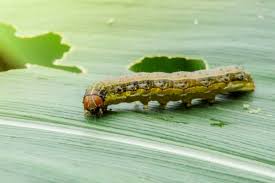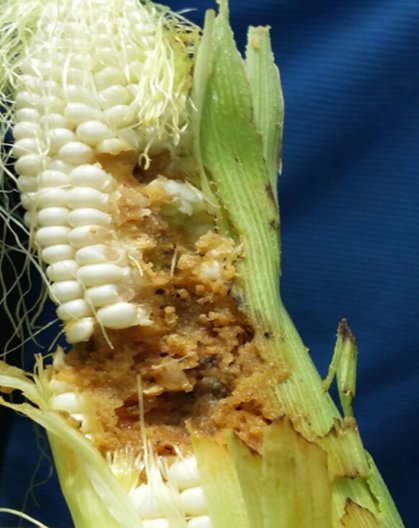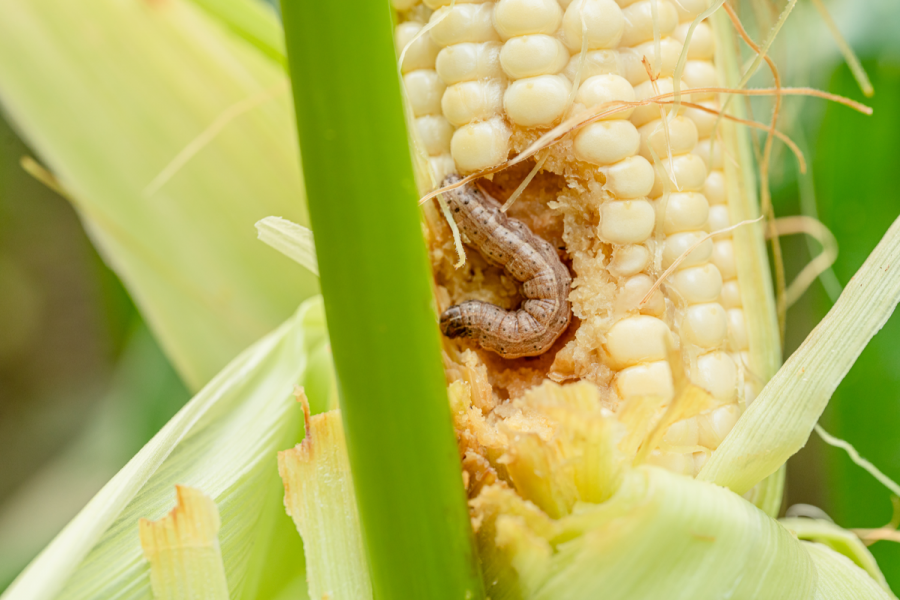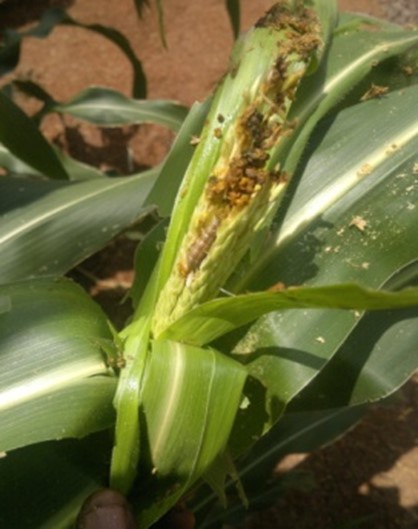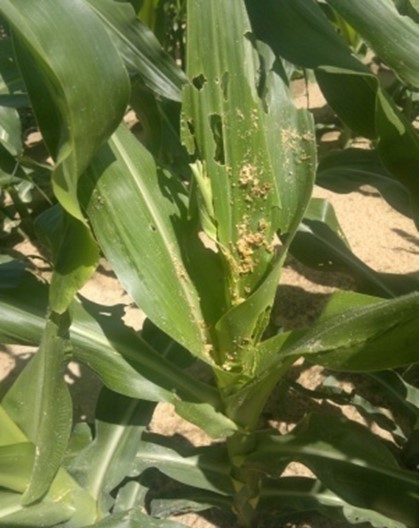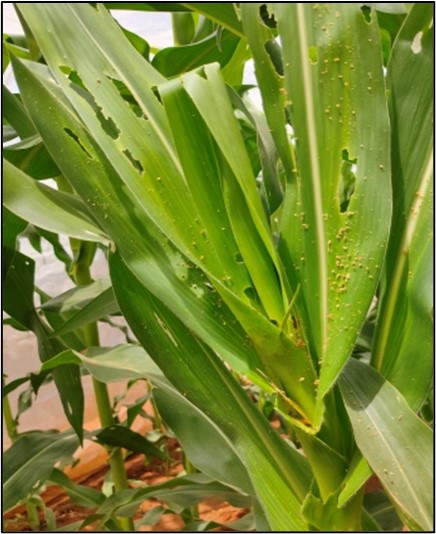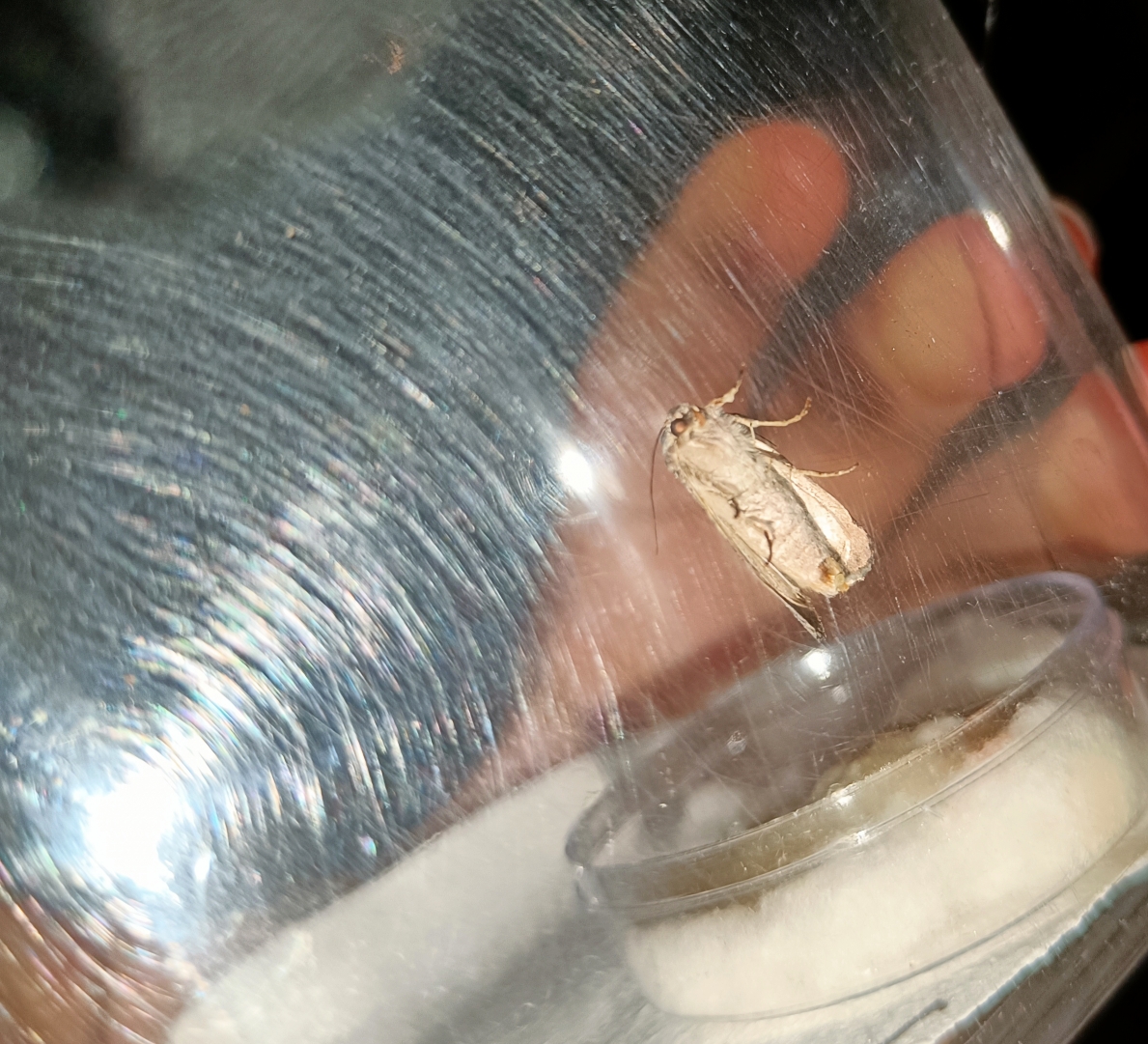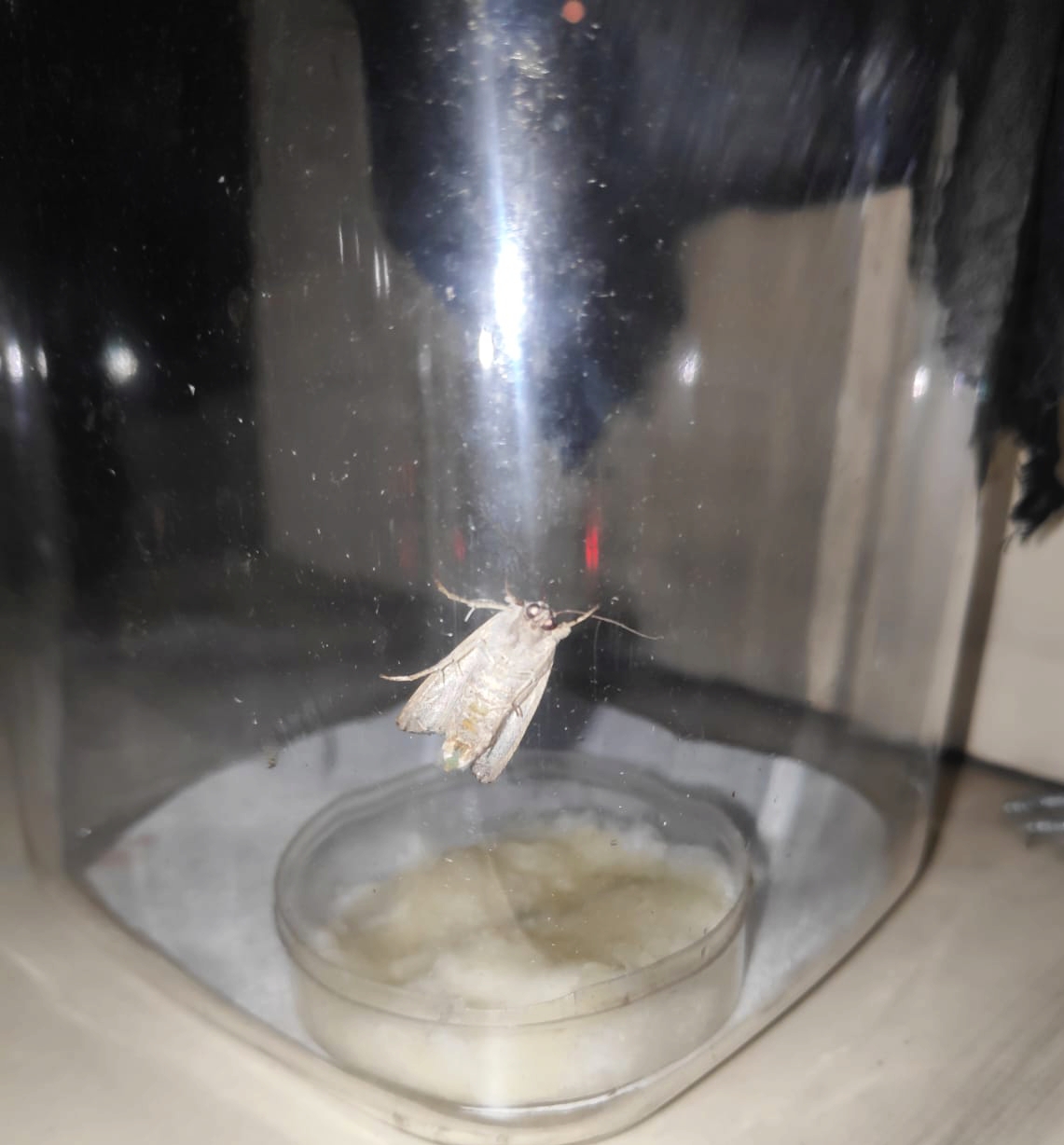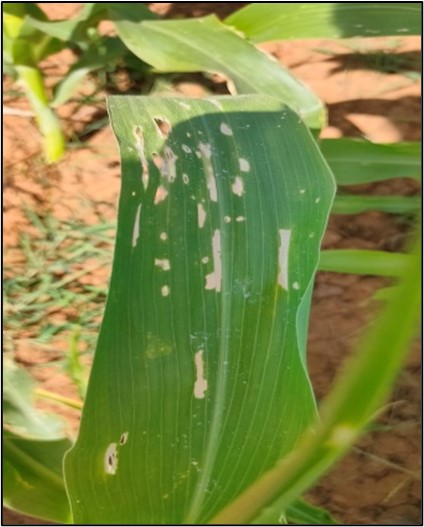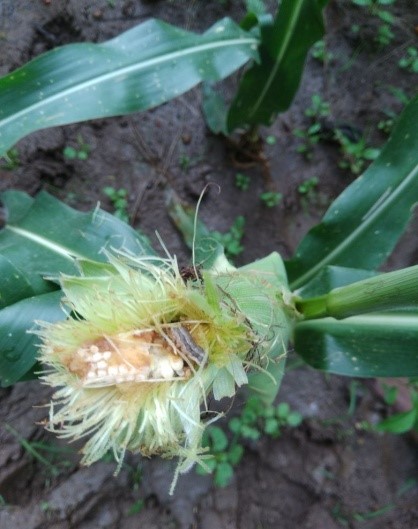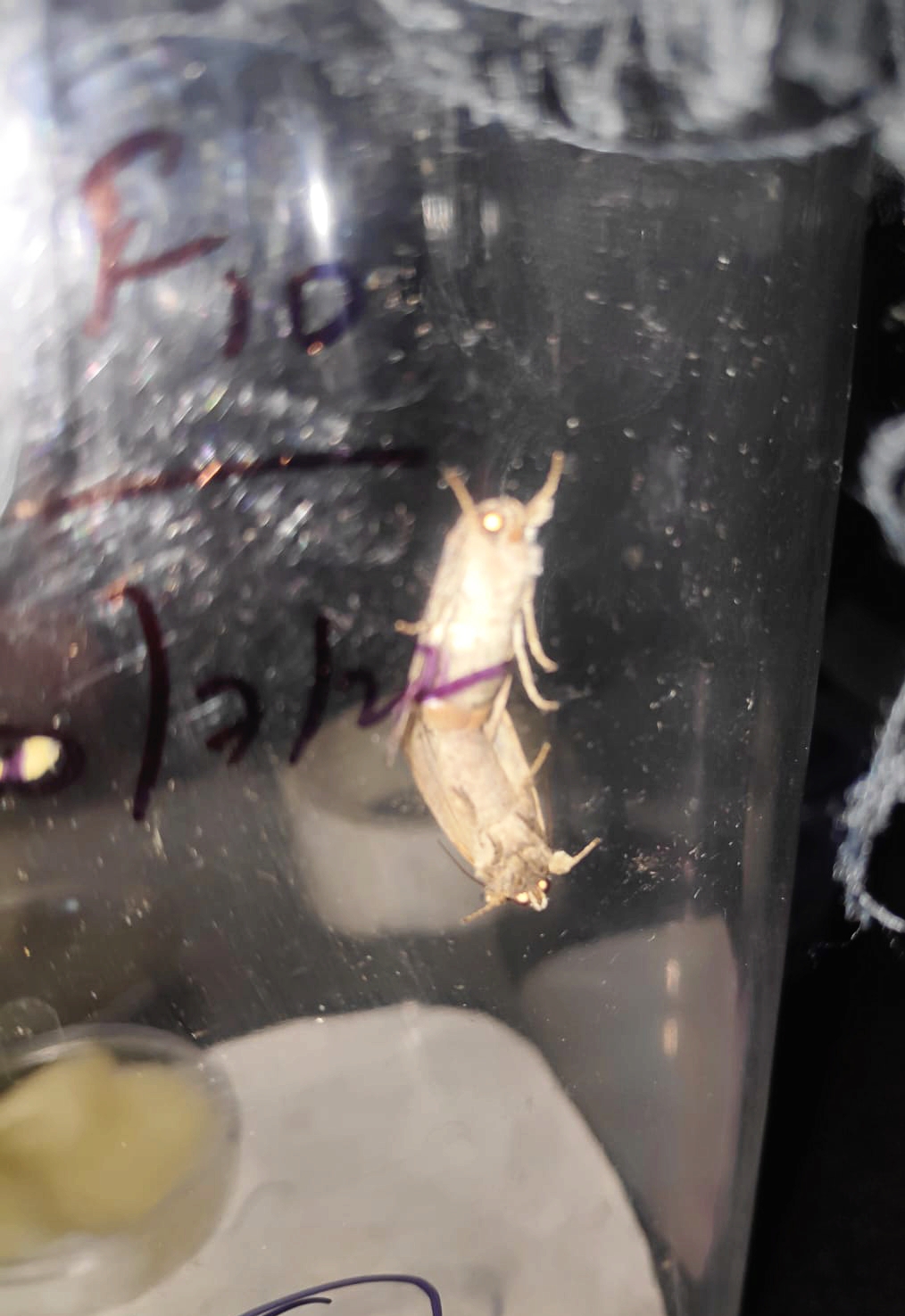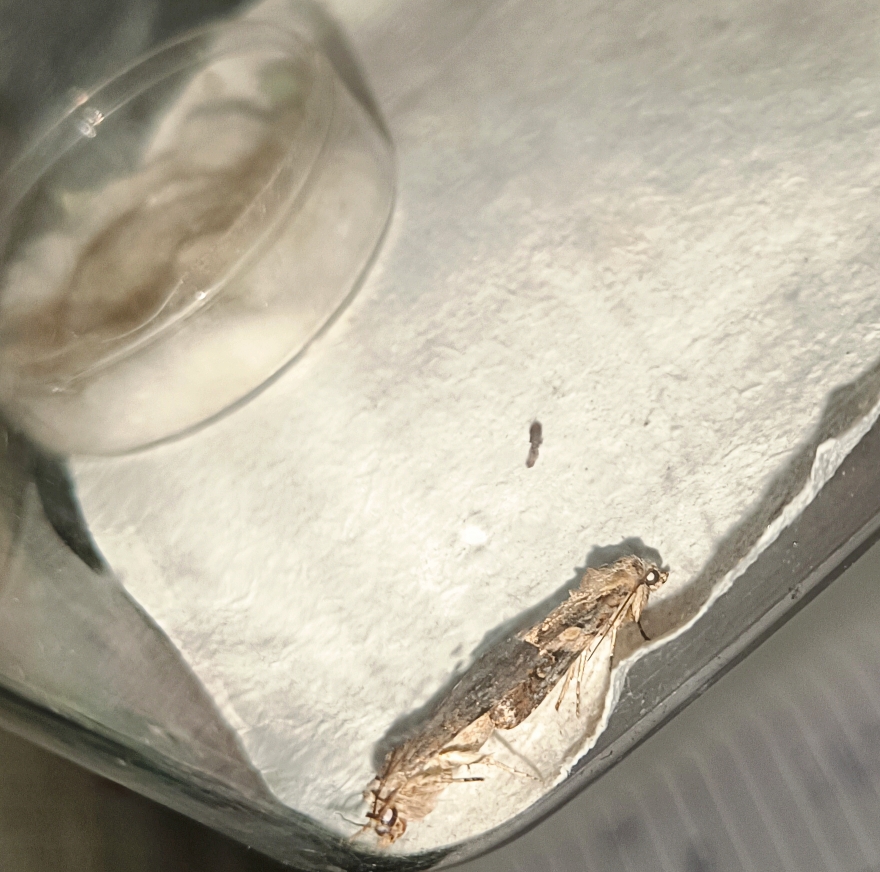The fall armyworm (FAW), Spodoptera frugiperda (J. E. Smith) is a highly destructive pest that poses a significant threat to agricultural crops worldwide. Originating from the Americas, this voracious worm has rapidly spread to different regions, including Africa, Asia, and Europe, causing widespread crop damage and economic losses. Fall armyworm larvae feed on a wide range of host plants, with a particular affinity for maize (corn), but also affecting crops such as rice, sorghum, sugarcane, cotton, and vegetables. The impact of fall armyworm on agriculture is severe and multifaceted.
The larvae consume plant foliage, leading to defoliation, reduced photosynthesis, and stunted growth. Infested crops often display characteristic "windowpane" feeding patterns, leaving behind skeletonized leaves. Additionally, fall armyworm larvae have the ability to bore into plant structures, causing secondary infections and making the plants susceptible to diseases. The combined effect of direct feeding damage and weakened plant health can result in significant yield losses, threatening food security and economic stability in affected regions.

